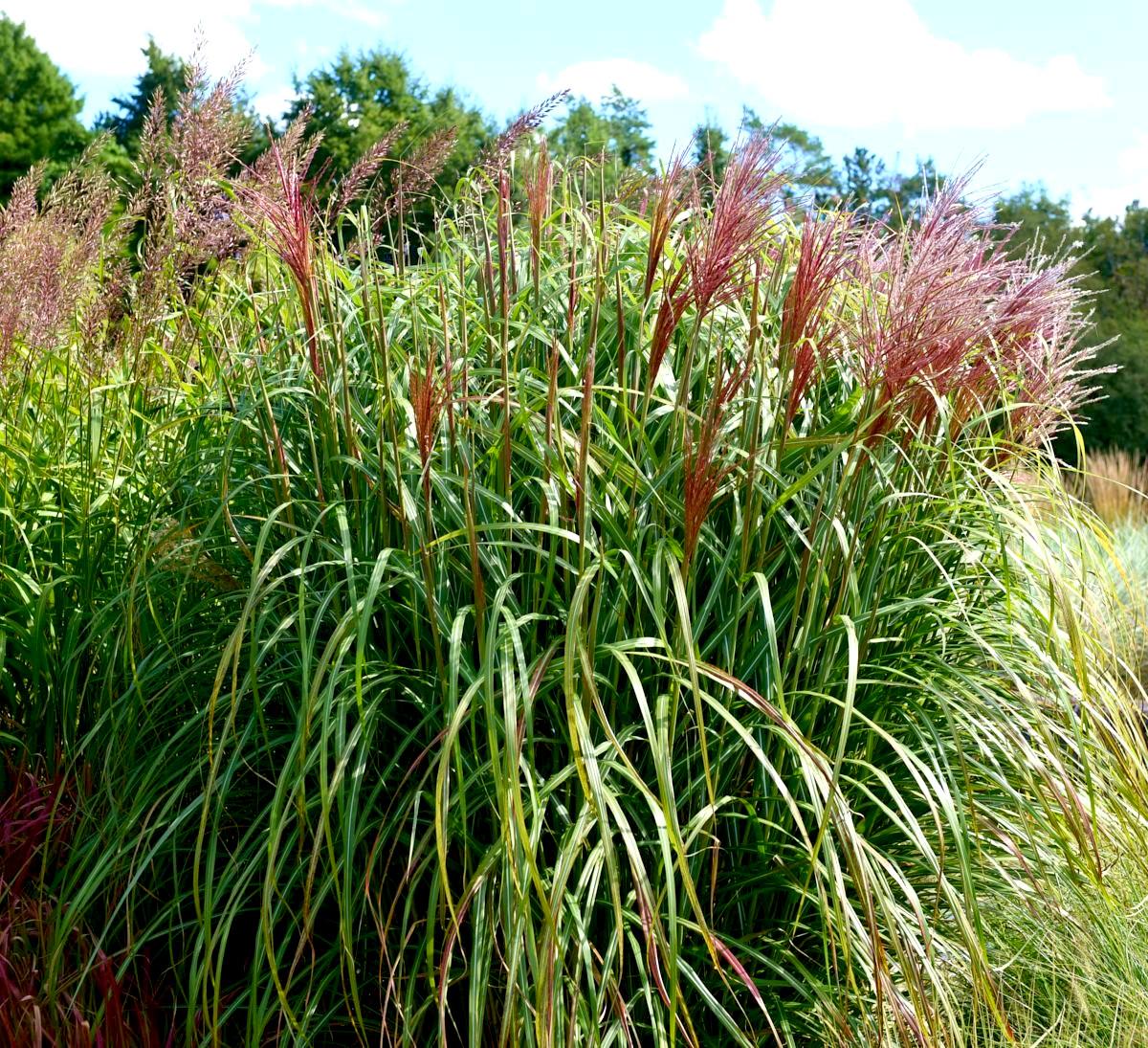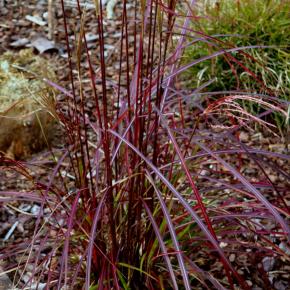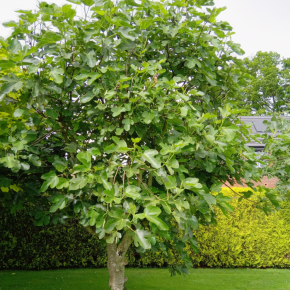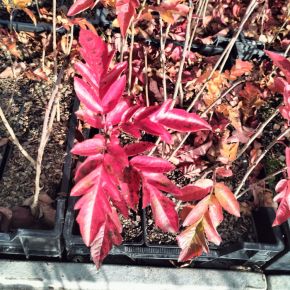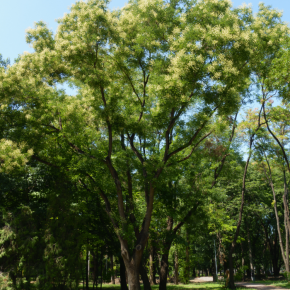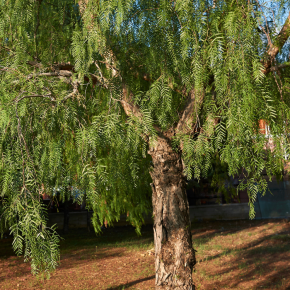Compact and colourful. This beautiful variety has a compact, dense habit and fine, slightly silvery green foliage. In summer, numerous red to brown feathers appear which last until winter. In autumn, the foliage turns orange-yellow and the feathers turn silver.
|
Packaging
To find out more about our packaging, please visit our young plants' page available from the website header.

|
Available quantity | Dispo à partir de | Sold by | Desired quantity | |
|---|---|---|---|---|---|
|
Le stock n'est actuellement pas disponible pour ce produit. |
|||||
Characteristics of MISCANTHUS sinensis 'Rotsilber'.
In the large selection of Chinese reed varieties, Miscanthus sinensis 'Rotsilber' stands out for its remarkable floral colouring. The flower spikes, which bloom from September to October, first appear red and then turn silver. The flowers then rise to a height of 2 metres and gently sway over the approximately 1.5 metre high flower heads. The foliage is a beautiful medium green with silvery veins, which fade to a wonderful shimmering colour in autumn.
How to use MISCANTHUS sinensis Rotsilber.
Miscanthus 'Rotsilber' offers an interesting visual protection for the garden or terrace. It provides vertical structure in perennial beds and lightness in shrub beds. It is also very popular at the edge of waterways and in front of buildings, as it provides easy to maintain vegetation that is pleasant to look at even in winter.
Tips for successful cultivation of MISCANTHUS sinensis Rotsilber.
This robust and cold-resistant plant needs a sunny or semi-shaded location and a soil that is as permeable as possible, but cool and rich in humus and nutrients. Maintenance is limited to pruning in early spring to remove dead leaves and allow new ones to appear quickly.

